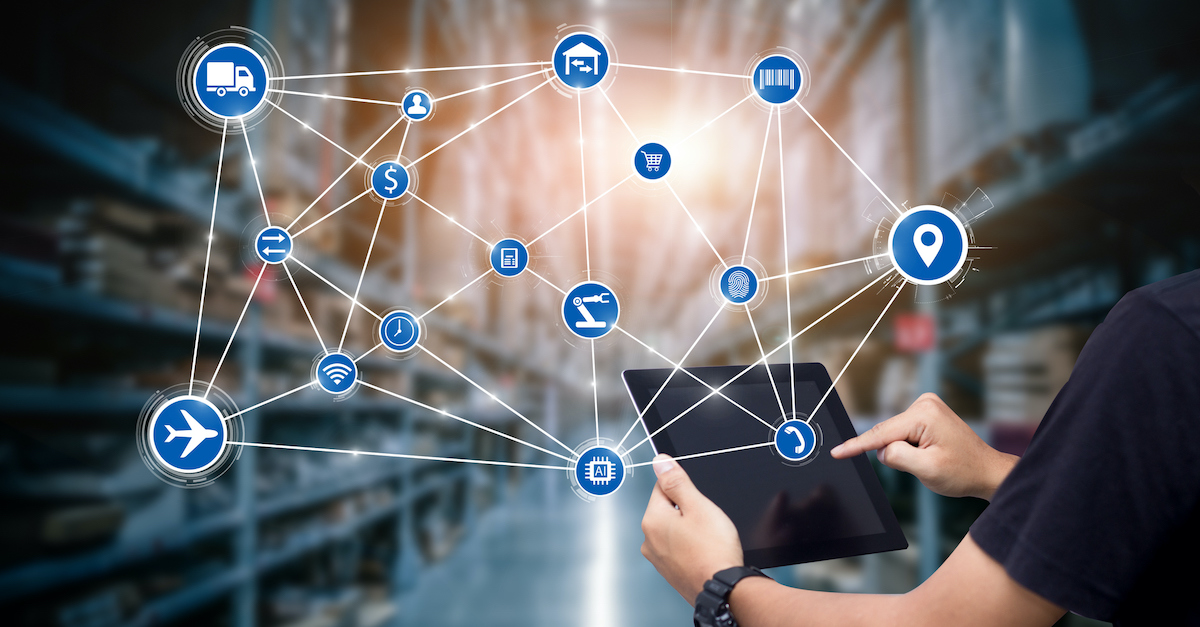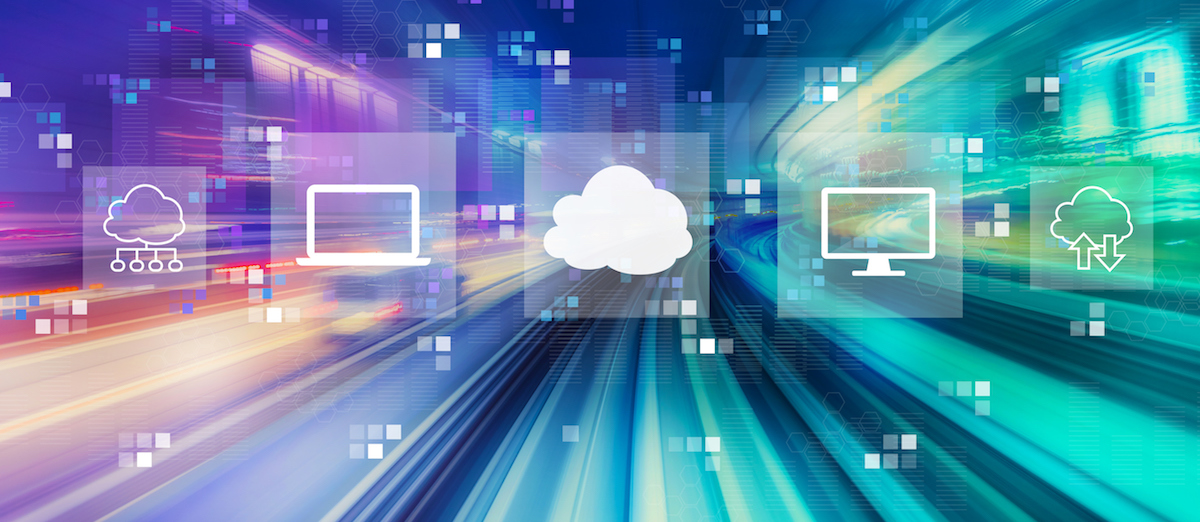Acumatica Provides Retail and Ecommerce Companies With Financial Flexibility
Changes in buyer purchasing patterns picked up steam as the pandemic raged in 2020. As a result, retailers need a modern financial solution, one that is flexible and supports technologies, like cloud, mobile, or even curbside pickup. In response, the Acumatica team has been working diligently to enhance their Cloud ERP suite, so it surpasses these market demands with the release of Acumatica 2021 R1.










